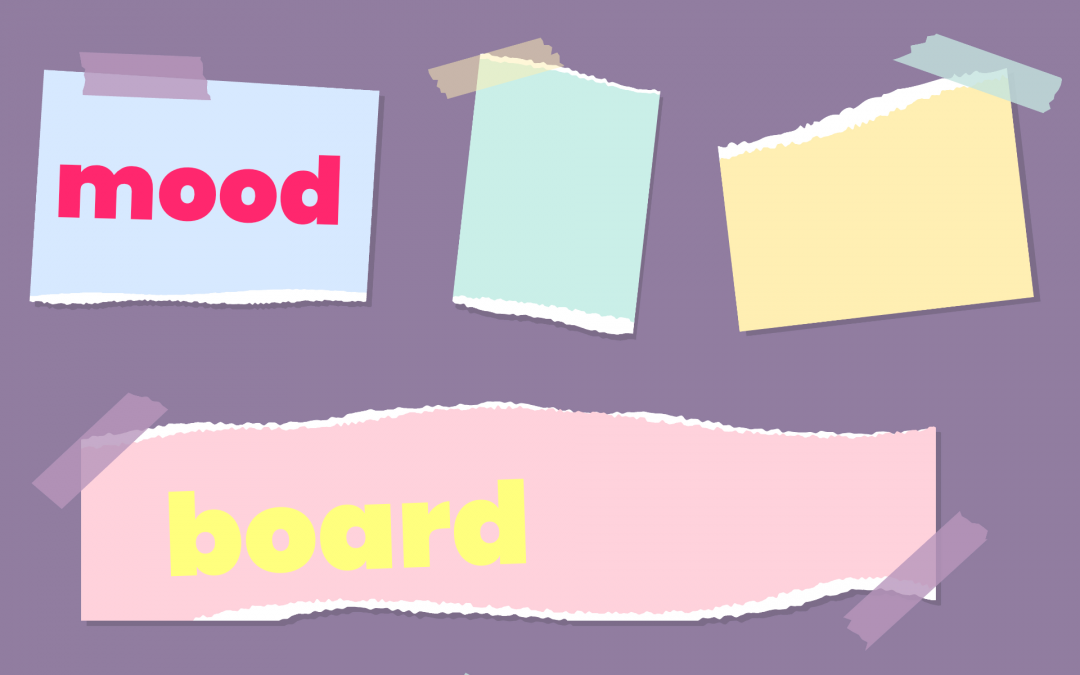Ideas & thoughts
Things to include on your website mood board
Your website mood board should be solely focused on the UI.
- The colour scheme
- The brand image of your client
- Descriptive words for your website (adjectives to describe its appearance and vibes)
- Pictures
- Inspiration taken from other websites in your niche (remember not to plagiarise!)
- Fonts for your headings and body text
- The layout of your website
- How categories and other website components will be displayed
While coming up with the above elements, think about how the user would feel about each. If you’re going for a pastel colour scheme, jot down the feelings they may evoke.
How to create a mood board
Use social media resources
Remember to use social media resources but don’t plagiarise! Always credit where due.
Pinterest is one of the easiest media sites for mood boarding. You can create a ‘board’ there and fill it with relevant content. These could be pictures and videos related to the brand image of your client or anything else that can be pinned to help relay the expression of the brand. This can be colours or icons, or anything else that you find interesting for the project.
Craft layout ideas for your mood board
So, do you need a mood board?
Yes, this will help you set the overall theme. Communication between you and your client will become easier and you’ll be clearer about their brand image and what they’re looking for. A mood board will make you take a few extra steps. This is particularly useful before you start producing the mockup for your website. You can add brainstorming points along with the colour schemes and images you find relevant. This will help you and your client understand why you’re choosing something for the project.
Remember that the whole idea of a mood board is to kick off and set the tone for having a great design. Content can be added later on and it can always be improved. Start mood boarding today, you never know where it will lead you.
